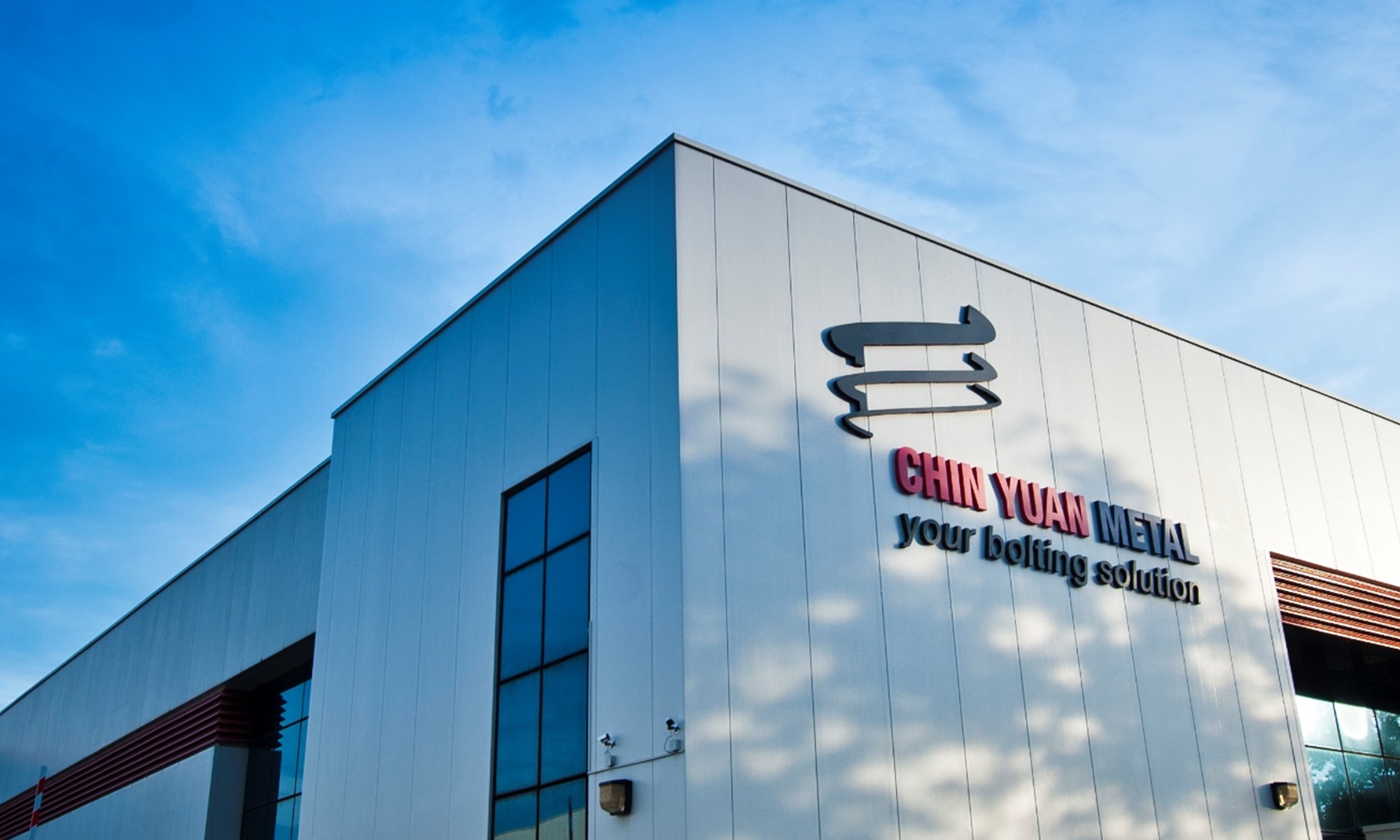Applications Of Fluorocarbon Coatings
Bolts do not only hold two things together; they also help establish the integrity of a facility, a vessel, or a structure. The facility or equipment that bolts hold together is usually exposed to extreme temperatures, and without using strong and coated bolts its efficiency can be compromised due to corrosion.
Corrosion is the ultimate enemy of bolting. Whilst this may seem harmless, it can actually cause serious problems especially when neglected. This is why coatings are applied to protect bolts from damages that corrosion could bring.
Characteristics Of Fluorocarbon Coatings
Coatings can be organic and non-organic. One type of organic coating that provides very stable coating is fluorocarbon. Fluorocarbon coating is achieved by dissolving the solid lubricant that it contains in a specially formulated mixture of solvents.
Fluorocarbon coating is lustrous and has excellent adhesion. Bolts coated with fluorocarbon can have optimum film thickness of 15-25 microns and load bearing capacity of 1000 bar.
Like other forms of organic coating, fluorocarbons can endure a number of extreme environmental conditions. Fluorocarbon-coated bolts are ideal for aerospace applications because of its lubricating ability in room temperatures of up to 200°C in air and even higher temperatures in non-oxidizing atmosphere.
Fluorocarbon coating is also administered in machine parts that require lubrication. Examples of these are working environments where operating pressure exceeds the load bearing capacity of ordinary oils and greases, and where clean operation is a must such as pharmaceutical and textile industries.
Fluorocarbon Coatings: Why Primary Coating Is Necessary
When using organic coatings, a primary coating should be applied first to make the bonding properties of the metal surface stronger. Doing so helps the organic coatings adhere well to the metal surface. Primers also help make the surfaces of bolts and nuts smooth and even. This is because a primary coating fills tiny pores on the surface.
Sanding should also be done once the primary coating is applied. The primary coating should not absorb the organic coatings to achieve good results.
